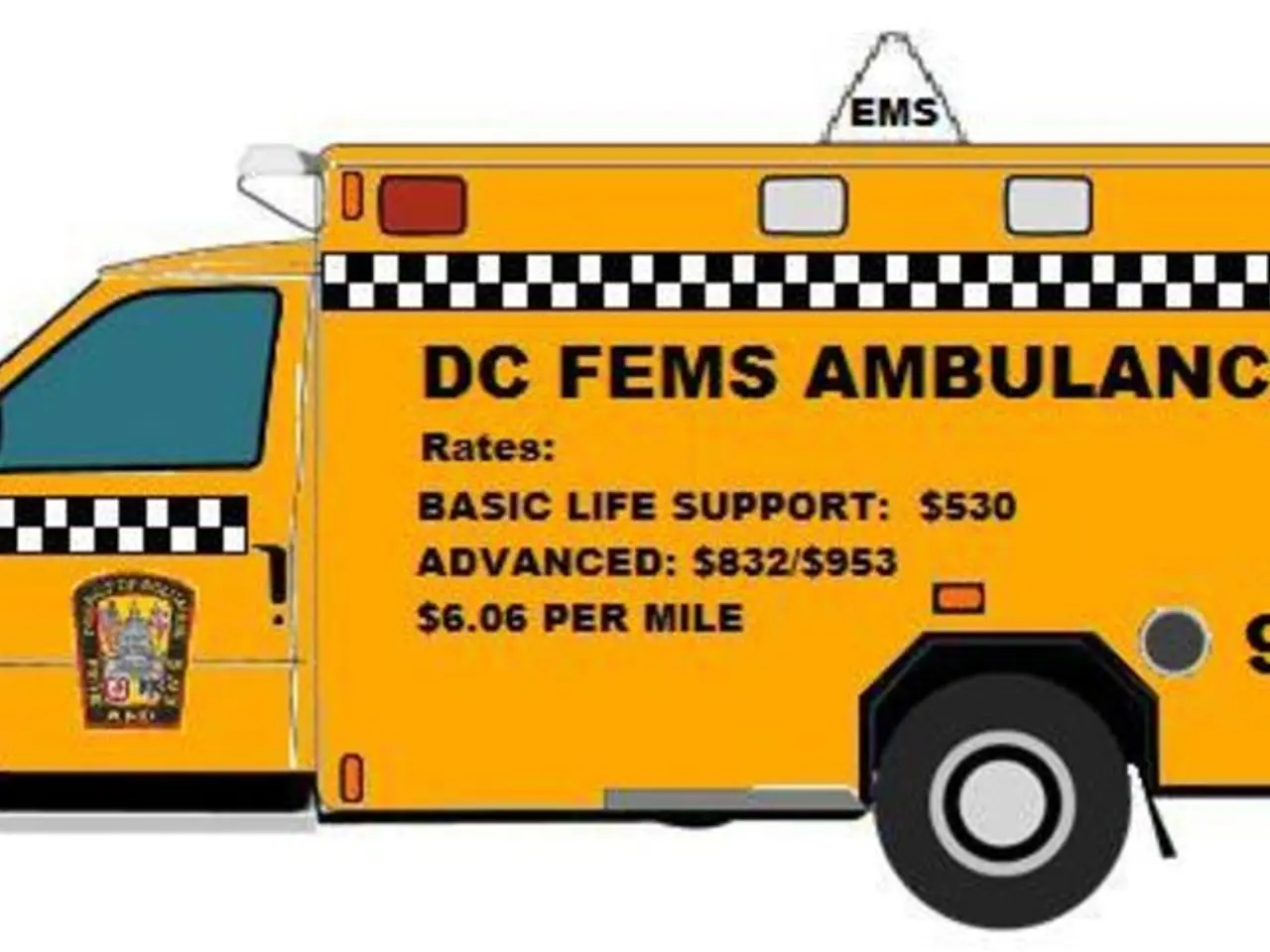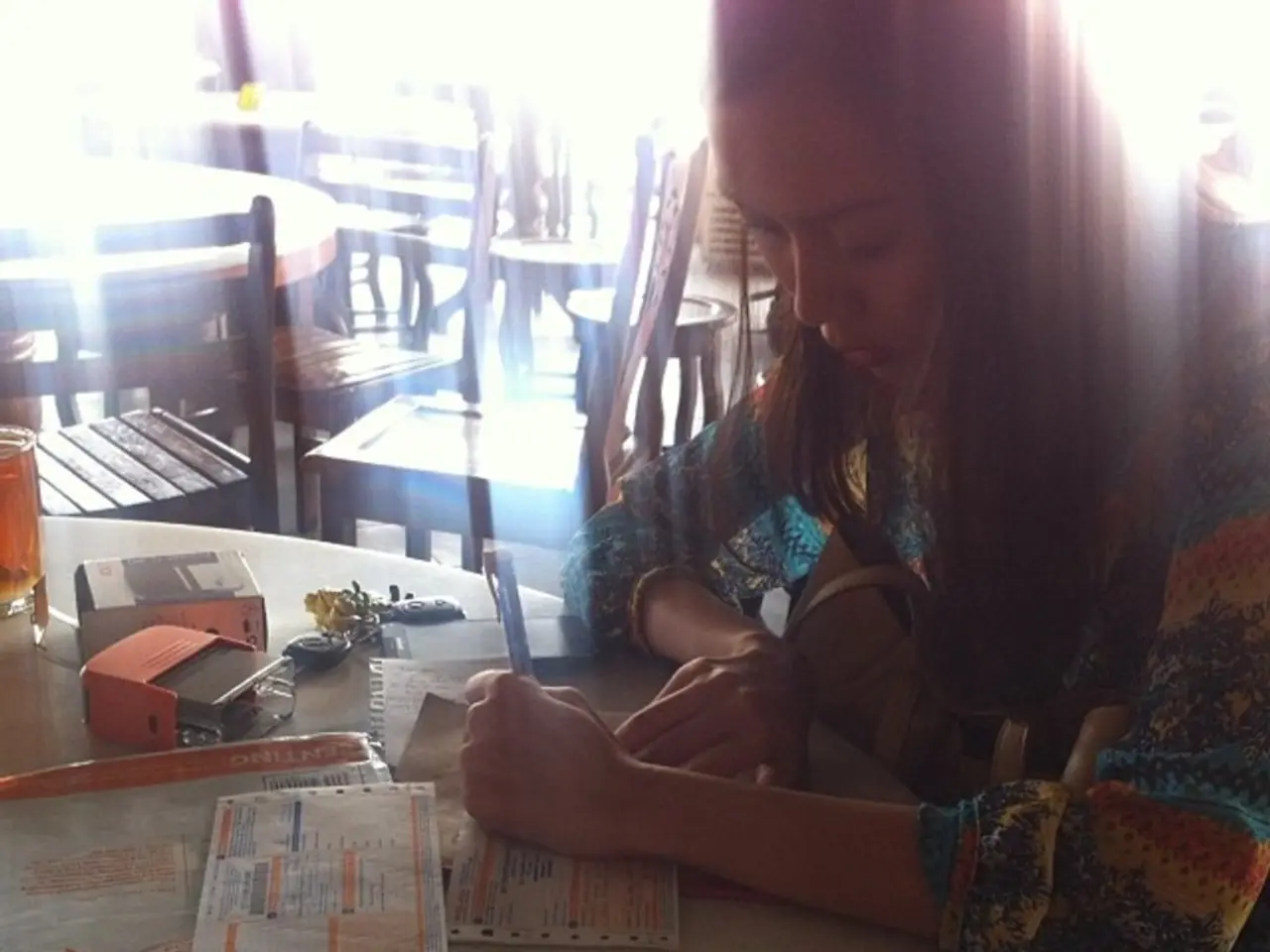Science transforms perspectives on life and demise
In a thought-provoking interview at the Morgan Library and Museum in New York, Sam Parnia, an intensive care physician at the New York University School of Medicine and one of the world's leading experts in resuscitation medicine, discussed the evolving understanding of death. Parnia, author of "Lucid Dying," argued that society's perception of death needs to change, as cells can enter a hibernation state for hours or possibly days after death, depending on what is done to preserve them.
Parnia's research, conducted with his team at NYU Langone, has shown that brain function can resume hours after cardiac arrest, implying that the "dead brain" state may still be reversible under certain conditions. This groundbreaking work uses real-time monitoring of brain oxygenation and activity during CPR to optimise resuscitation efforts and improve neurological outcomes.
Another key advance comes from the REUP (Recovery with Extended Ultraoxygenated Preservation) method developed at Vanderbilt University. This innovative technique enables the resuscitation of hearts hours after they stop beating without restarting them in situ. The approach flushes the heart with a cold oxygen-rich solution postmortem, preserving tissue and allowing successful transplantation with excellent outcomes. This method avoids ethical concerns related to perfusion of the brain, thereby preserving the legal definition of death while still reviving organ function hours later.
Emerging AI-driven technologies are also being developed to improve detection and intervention during cardiac arrest, effectively expanding the window of survivability by optimising CPR quality and timing.
These findings collectively suggest that the time frame and biological thresholds for declaring death may need reconsideration. Death is increasingly seen as a process rather than an instantaneous event, with the potential for revival well beyond the currently accepted limits, particularly for brain and heart tissues.
However, these advances are still in early or experimental stages, and clinical protocols, ethical guidelines, and legal definitions are actively evolving in response to this paradigm shift. The potential to revive patients hours after clinical death holds promise but also raises complex questions about the precise medical and legal criteria for death.
In 2019, a group of scientists led by Dr. Nenad Sestan from Yale published a study in Nature, where they were able to restore activity in decapitated pig heads. Meanwhile, Parnia suggests a new approach to reviving dead people, which involves connecting them to catheters to distribute oxygenated blood nutrients and a cocktail of drugs to preserve the brain.
Despite these advancements, it's important to note that the current medical definition of death remains the same, which is when a person's heart stops due to a severe medical condition, accident, or disease. However, the usual practice of reviving people who have suffered a heart attack is outdated and needs to be improved, according to Parnia.
This interview was part of the series "Spirituality in the Age of Science." The interviewer collaborated with the Nour Foundation. The interview with Sam Parnia highlights the ongoing exploration of deep questions about what happens to us when we go through death, and the promise these discoveries hold for saving lives and delving into the mysteries beyond.
References: - [1] New York University Langone Medical Center. (2021). Neuro-resuscitation: A new approach to treating traumatic brain injury. Retrieved from https://www.nyulangone.org/conditions/traumatic-brain-injury/treatments/neuro-resuscitation - [2] Vanderbilt University Medical Center. (2020). Vanderbilt researchers develop new method to preserve donor hearts. Retrieved from https://www.mc.vanderbilt.edu/news/releases/vanderbilt-researchers-develop-new-method-to-preserve-donor-hearts.php - [3] Parnia, S., & Fenwick, P. (2013). The Near-Death Experience: A Neuroscientific Perspective. Retrieved from https://www.ncbi.nlm.nih.gov/pmc/articles/PMC3664079/
The series "Spirituality in the Age of Science" discussed the ongoing exploration of deep questions about what happens to us when we go through death, focusing on Sam Parnia's work on reviving patients hours after clinical death. His research, coined as "neuro-resuscitation," suggests a potential shift in the understanding of medical-conditions associated with death and health-and-wellness, challenging the current scientific perception of the series 'death'.
The interview with Sam Parnia, held at the Morgan Library and Museum in New York, delved into the evolving understanding of death, including his work on resuscitating a hibernating brain state found in medical-conditions and his proposed methods using oxygenated blood nutrients and drugs to preserve the brain. These advancements are revolutionizing health-and-wellness and the field of science, with promising implications for saving lives and exploring the mysteries beyond.




